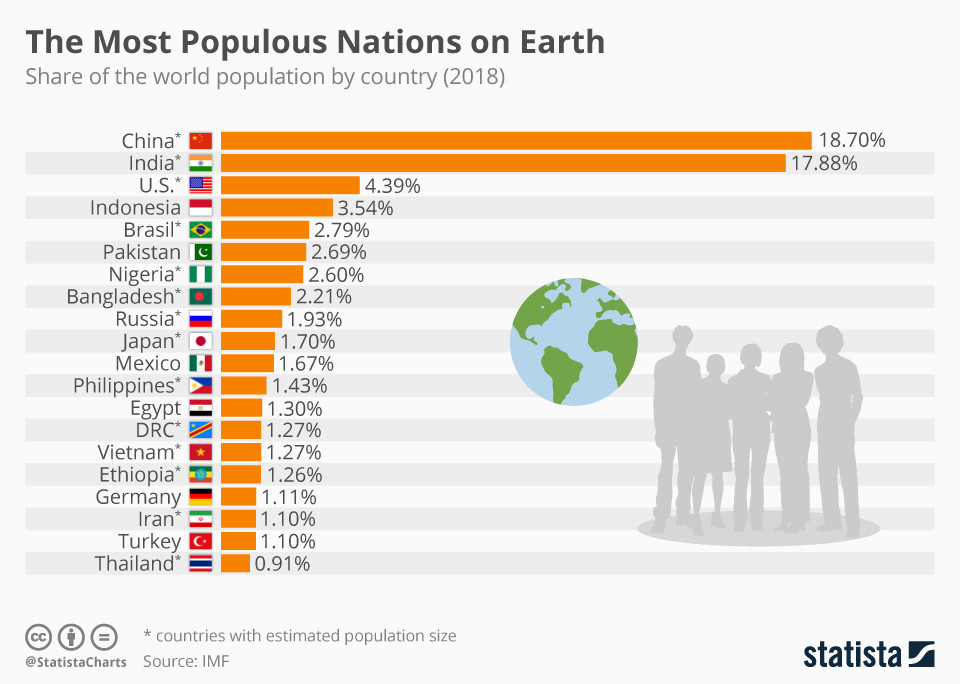Why Did India Surpass China in Population?
Several key factors contributed to India overtaking China as the world’s most populous country:

1. Fertility Rates
India’s fertility rate has been consistently higher than China’s. As of 2022, India had a fertility rate of approximately 2.0 births per woman, just below the replacement level of 2.1, while China’s rate had plummeted to about 1.2 births per woman, one of the lowest globally. This difference in fertility rates has allowed India to continue experiencing population growth, while China’s population has begun to decline due to its historically lower birth rates influenced by strict population control policies like the one-child policy implemented in 1980.
2. Demographic Transition
Both countries are undergoing demographic transitions, but at different paces. China’s rapid decline in fertility rates began in the late 1970s, leading to a more immediate reduction in population growth. In contrast, India’s fertility decline has been more gradual, allowing its population to grow more steadily over the decades. As a result, while China has reached a peak in population, India is projected to continue growing for several more decades.
3. Population Policies
China’s aggressive population control measures, including the one-child policy, significantly reduced its birth rate. In contrast, India’s policies have been less stringent and have varied by region, leading to a more diverse demographic outcome. Some Indian states, like Kerala and Tamil Nadu, have successfully reduced fertility rates through socio-economic development and women’s empowerment, while others lag behind.
4. Aging Population
China is facing a rapidly aging population, with a median age of 38.4 years compared to India’s median age of 28. This demographic shift poses challenges for China’s economy, particularly in terms of labor force participation and pension sustainability. In contrast, India’s younger population presents potential economic advantages, often referred to as a “demographic dividend,” which could support continued economic growth.
5. Economic Factors
India’s economic growth has been robust, averaging around 5.5% over the last decade, which has contributed to its population growth. In contrast, China’s economic growth has slowed, partly due to its declining population and rising labor costs. The shift in global manufacturing dynamics, with companies moving operations to India, further underscores the economic implications of this demographic change.
These factors collectively explain why India has surpassed China in population, marking a significant demographic milestone with potential global implications.
Citations:
- Axios - India, China Population, Economy, Trade, Workers
- UN DESA Policy Brief - India Overtakes China as the World’s Most Populous Country
- South China Morning Post - 4 Things to Consider as India Overtakes China as the World’s Most Populous Nation
- Pew Research - Key Facts as India Surpasses China as the World’s Most Populous Country
- UN DESA Policy Brief PDF
- Statista - Countries with the Largest Population
- Worldometers - Population by Country
- Wikipedia - List of Countries and Dependencies by Population
comments powered by Disqus